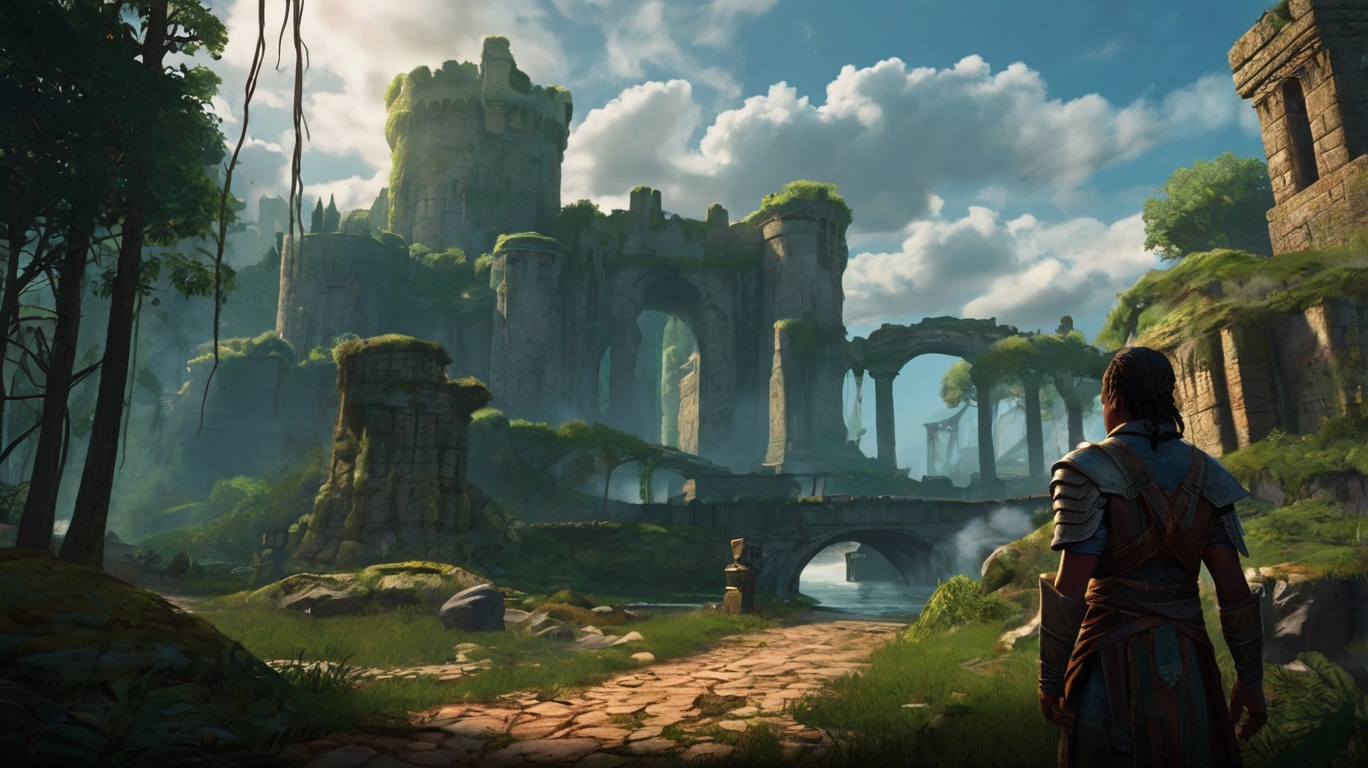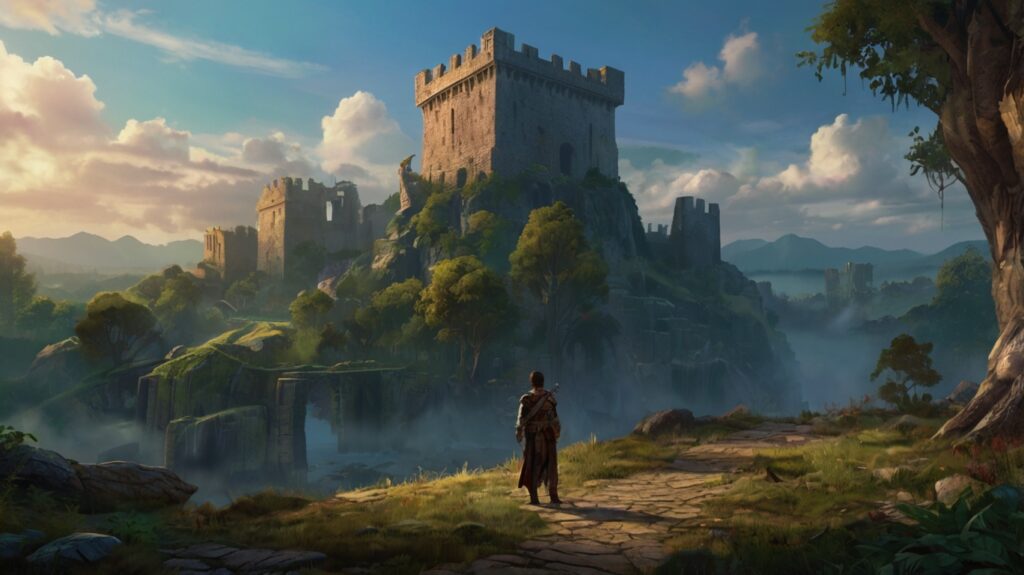
A well-crafted story can evoke deep emotions, making games more immersive and memorable. Beyond simple entertainment, the game story enables players to thoroughly immerse themselves in the game world. It connects with characters and goes through powerful emotional highs and lows. A gripping story can turn an average game into a remarkable experience, whether it’s the excitement of discovering a sinister secret or the heartbreaking journey of a protagonist overcoming personal grief. Players don’t just play—they feel, and this emotional engagement keeps them coming back for more.
The Art of Character Development
The core of any great story is its characters. A well-developed character in a game design makes the player care about the world they are exploring. Player engagement and immersion are enhanced by compelling character traits, distinct personalities, and rich backstories. Games like The Last of Us, Red Dead Redemption 2, and Final Fantasy VII prove that a well-written character can transform a game into a cultural phenomenon. Game designers may produce real heroes and adversaries that add depth to the player’s journey.
Integrating Story and Gameplay
An engaging game seamlessly integrates narrative and gameplay. A disjointed narrative can break immersion, while a well-woven story will increase engagement. Many recent games use dialogue choices, in-game events, and environmental storytelling to naturally communicate the story instead of only using cutscenes. This method is mastered by games like Dark Souls, which incorporate lore into cryptic NPC dialogue, world design, and item descriptions. When executed properly, this integration guarantees that players actively contribute to the game’s plot rather than only acting as passive observers.
The Role of Choice and Consequence
Interactivity is what sets games apart from other storytelling mediums. Giving players meaningful choices allows them to shape the story, creating a more personal and immersive experience. Replayability can be significantly increased by using moral quandaries, branching narratives, and various endings. Games like The Witcher 3, Mass Effect, and Detroit: Become Human thrive on choice-driven storytelling that makes each playthrough unique. Designers can foster a stronger sense of emotional connection and self-ownership in the virtual environment by giving players more agency over their choices.

Storytelling’s Impact on Player Retention and Game Success
Strong storytelling and compelling characters go a long way in retaining players. A compelling story encourages players to complete the game, and intriguing plot twists and character portrayals create a lasting impression. Role-playing and live-service games keep players interested with updates, expansions, and fresh material. A compelling narrative can also increase a game’s commercial success by generating critical acclaim and word-of-mouth advertising. For developers, investing in storytelling is a strategic choice. A captivating tale increases the likelihood that players will return to a game, and this loyalty translates into higher engagement, more sales, and a devoted following.
Conclusion
Storytelling in game design is more than just an optional feature; it is a critical component that enhances emotional connection, deepens gameplay and solidifies player investment. A strong narrative may elevate a mediocre game to a masterpiece, whether it is told through interactive storytelling, cinematic storytelling, or subliminal environmental signals. A great game can be transformed into a masterpiece by using cinematic storytelling, interactive narrative, or subtle contextual cues.
Are you passionate about storytelling in games? Come realize your ideas with us at Melior Games! Together, let’s produce captivating and immersive experiences.




